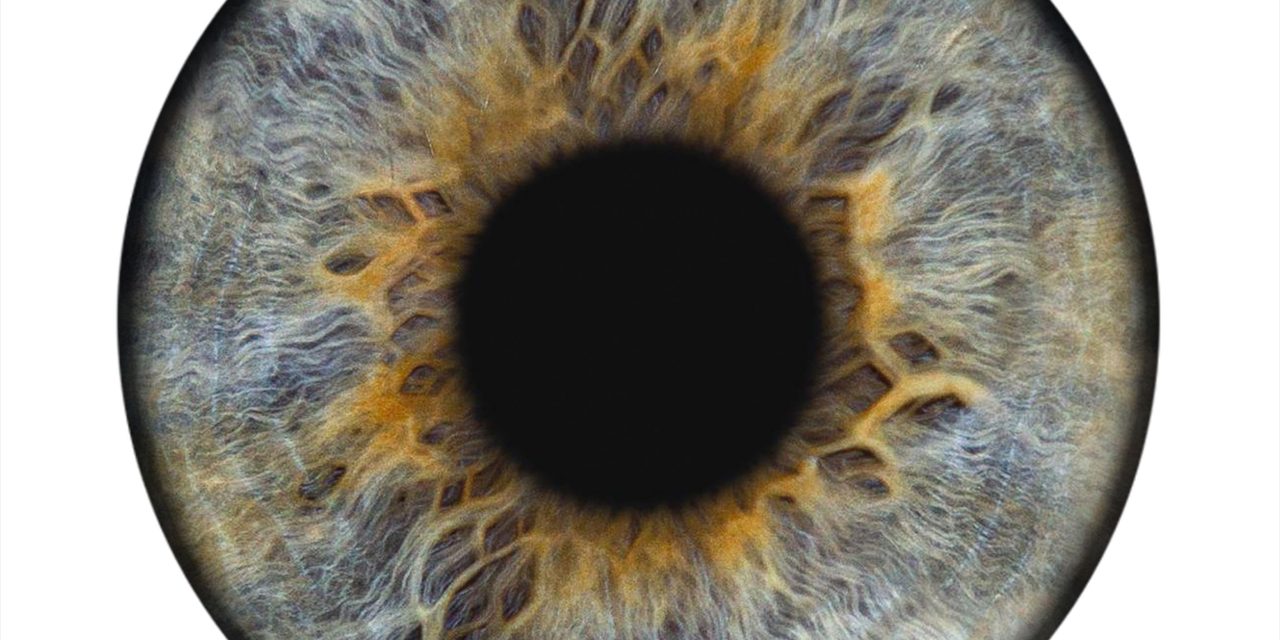The present study investigated the difference in choriocapillaris (CC) perfusion between different AL/K ratio groups with similar spherical equivalent refraction (SER) and analyzed factors affecting CC perfusion.
This cross-sectional study included 129 children with low-to-moderate myopia. Axial length (AL), average K-reading (Ave-K), and SER were measured. Choroidal vascularity, including the total choroidal area (TA), choroidal luminal area (LA), stromal area (SA), choroidal vascularity index (CVI), CC flow voids (FVs), and FVs%, was obtained using optical coherence tomography angiography.
Participants with similar SER were divided into two groups (high AL/K ratio, n = 57; low AL/K ratio, n = 72). The high AL/K group had lower LA, TA, and CVI (P < 0.01) and lower FVs (inner ring and fovea, P < 0.05) and FVs% (outer ring, inner ring, and fovea, P < 0.05). The AL/K ratio and FVs% were negatively correlated in the outer ring (r = - 0.174, P < 0.05) and inner ring (r = - 0.174, P < 0.05). The Ave-K and inner FVs (r = 0.178, P < 0.05), outer FVs% (r = 0.175, P < 0.05), and inner FVs% (r = 0.196, P < 0.05) were positively correlated. In stepwise multiple regression for the outer ring, the horizontal CVI was related to FVs (β = 0.175, P < 0.05), and the vertical CVI was related to FVs% (β = 0.232, P < 0.01). Independent risk factors associated with inner FVs area were vertical CVI (β = 0.329; P < 0.001) and SER (β = - 0.196, P < 0.05); FVs% was also associated with vertical CVI (β = 0.360, P < 0.01) and SER (β = - 0.196, P < 0.05).
With a similar SER, myopic eyes with a higher AL/K ratio maintained more CC perfusion and lower CVI, which may indicate rapid myopic progression. Low K-reading eyes had more CC perfusion and less CVI, which may explain the relatively poor myopia control efficacy in the clinic.
© 2022. The Author(s), under exclusive licence to Springer-Verlag GmbH Germany, part of Springer Nature.
Corneal morphology correlates with choriocapillaris perfusion in myopic children.


